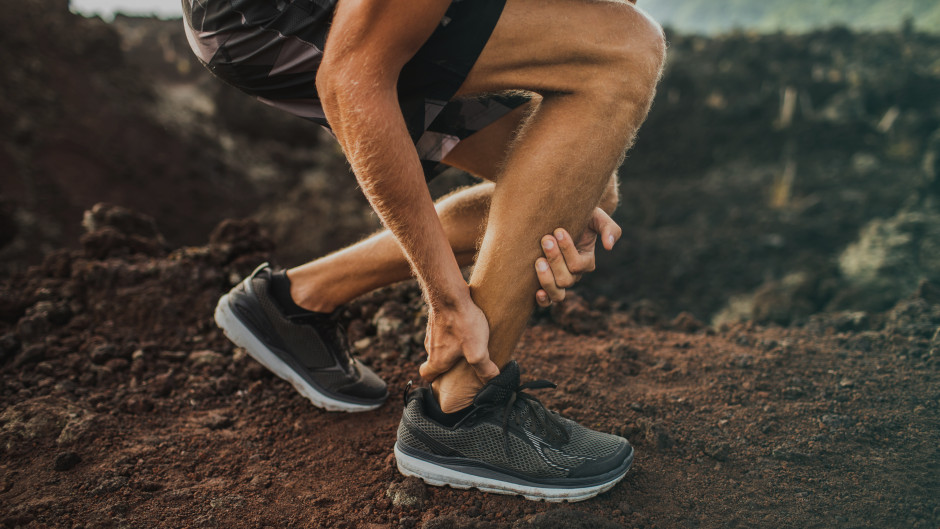HOW TO ASSESS CALF MUSCLE STRAIN INJURIES

How common are Calf muscle strain injuries?
Calf muscle strain is the second most common soft tissue strain injury in field athletes & runners. The medial gastrocnemius is injured >2x more than the lateral gastrocnemius (Koulouris 2007). Anecdotally, the soleus is more frequently injured in distance runners.
What are the risk factors of calf muscle strain injuries?
The 3 most important risk factors of calf muscle strain injuries include:
1. Age: Muscle elasticity decreases with age, increasing the risk of injury, especially in athletes over 40.
2. Previous calf injury: A history of calf or lower leg injuries can increase the likelihood of re-injury due to muscle weakness or scar tissue.
3. Previous adductor, hamstring quadriceps or knee injury.
What is the differential diagnosis for calf muscle pain?
The differential diagnosis of calf pain is broad and includes various musculoskeletal, vascular, and neurological conditions.
Other conditions which may cause similar symptoms to a calf muscle strain include vascular causes like DVT, neurological conditions like sciatica, plantaris tear, exertional compartment syndrome, deep compartment muscle tear or fascia cruris tear.

How to assess calf muscle strain injuries?
Assessing calf muscle strain injuries involves evaluating the severity of the injury and identifying symptoms. Here's a step-by-step approach:
1. Patient History
Injury Mechanism: Ask how the injury occurred. Calf strains often happen during activities like sprinting, jumping, or sudden changes in direction.
Onset of Pain: Determine whether the pain was sudden or gradual.
Previous Injuries: Check if the patient has a history of calf or leg injuries.
2. Symptoms
Pain: Sharp or aching pain in the calf, especially when walking, running, or standing on tiptoes.
Swelling or Bruising: Look for visible swelling or bruising in the calf area.
Tenderness: Palpate the calf muscle to locate tender spots or muscle knots.
Stiffness or Weakness: Assess if the patient has difficulty moving or weakness in the calf muscle.
3. Physical Examination
Visual Inspection: Check for bruising, swelling, or deformity.
Palpation: Feel for tenderness, muscle tightness, or gaps in the muscle (indicative of a more severe tear).
Range of Motion (ROM) Test: Assess the patient’s ability to flex and extend their ankle. Reduced range of motion may suggest a strain.
4. Testing Calf Muscle Capacity
Testing calf muscle capacity can involve evaluating strength, endurance, flexibility, and overall function.
3 common ways of testing include:
1. Maximal strength testing: This includes sitting calf raise test and standing calf raise test.
2. Reactive strength test: This includes 10/5 repeated jump or hop and single rebound test.
3. Strength endurance testing: Involves testing a calf raise to fatigue.



Source:
1. From the lecture 'Calf Injuries & the Distance Runner' by Luke Nelson.



